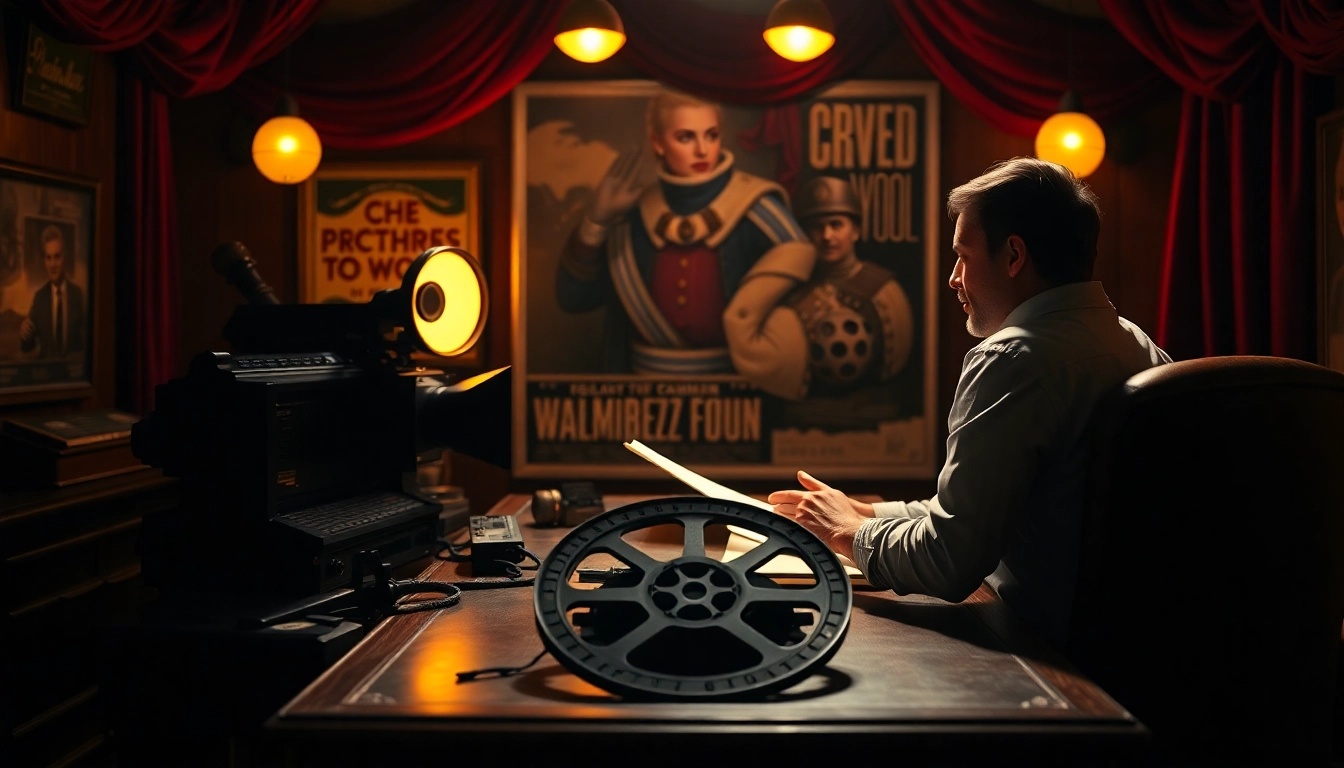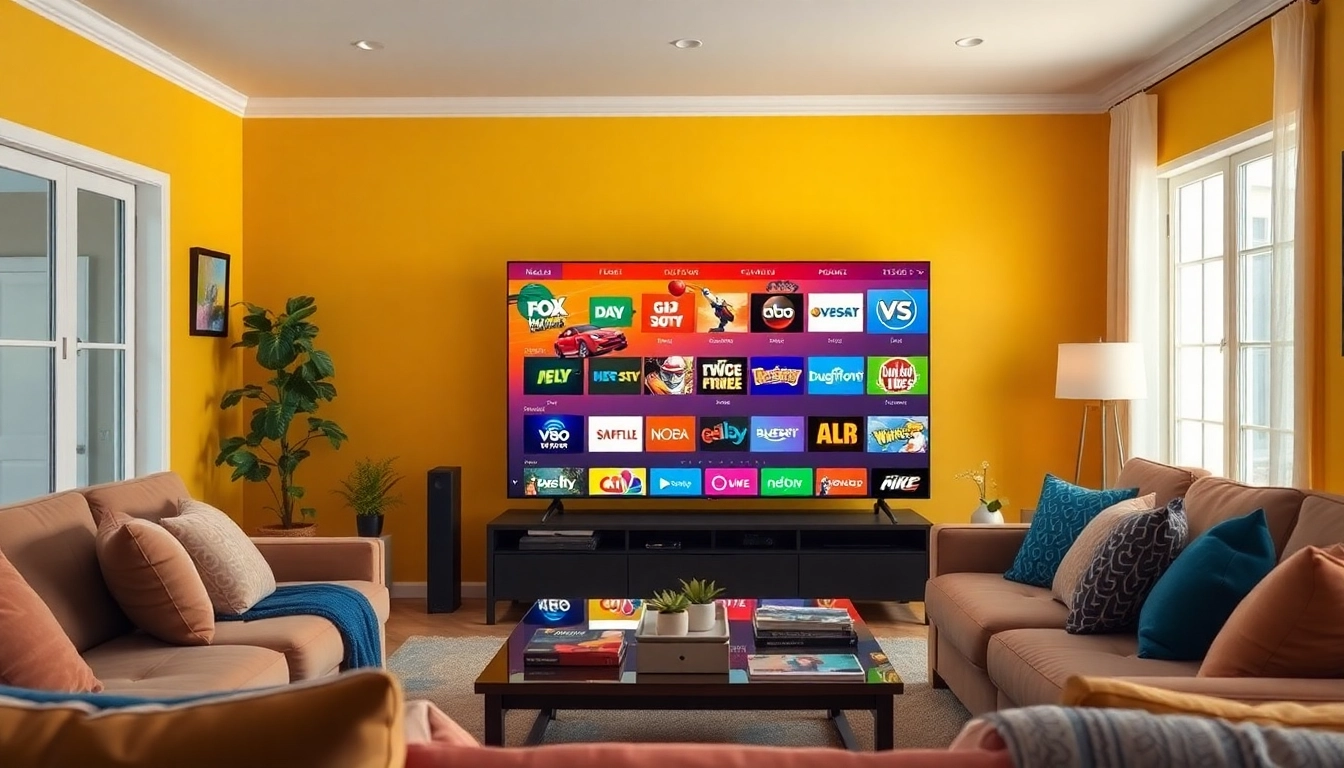Understanding the Importance of Movie Reviews
In today’s world, where cinematic options are nearly limitless, movie reviews serve as essential guides for audiences. They help viewers navigate the myriad of films available, contextualizing each within the broader landscape of cinematic art. By collecting insights from both seasoned critics and general audiences, top movie reviews guide viewers toward films that genuinely resonate with their preferences and expectations. Rather than simply summarizing plots, insightful reviews analyze performances, themes, and directorial choices, fostering a deeper appreciation of the medium.
The Role of Critics in Shaping Opinions
Film critics have long been seen as the gatekeepers of cinematic quality. With expert knowledge, they provide assessments that shape public perceptions. On platforms like Rotten Tomatoes, critics’ scores, known as the Tomatometer, aggregate numerous professional reviews to provide a clear indication of a film’s critical reception. The trust placed in critics stems from their ability to analyze storytelling elements, cinematography, and performances with a discerning eye.
How Audience Reviews Complement Professional Critiques
While critics provide a professional angle, audience reviews offer a unique perspective shaped by personal taste and cultural context. Platforms such as IMDb and Metacritic allow regular viewers to express their opinions and rate films based on their individual experiences. This democratization of film criticism has led to a more nuanced understanding of films. The interplay between critic and audience scores can reveal fascinating insights; for instance, a film might receive a low critic score yet be loved by audiences, highlighting a divide between professional opinions and general public reception.
Key Elements of a Great Movie Review
A great movie review captures the essence of a film while providing enough context for potential viewers. Critical elements include:
- Summary of the Plot: Without revealing too much, a brief overview of the film’s story helps set the stage for the reader.
- Performance Analysis: Highlighting standout performances sharpens the focus on the actors’ contributions.
- Thematic Exploration: Discussing underlying themes enriches the reader’s understanding of the film’s message.
- Visual and Technical Aspects: An evaluation of cinematography, direction, and design adds depth to the review.
- Conclusion and Recommendation: Offering a final verdict paired with recommendations can guide viewers in their choices.
Top Sources for Movie Reviews
The internet abounds with platforms that offer movie reviews, each with its unique selling points and audience. Understanding the strengths and weaknesses of each source can help audiences select the most reliable content.
Leading Platforms for Movie Ratings
There are several premier websites that aggregate both critic and audience reviews:
- Rotten Tomatoes: This site provides the Tomatometer score based on the percentage of favorable reviews from critics.
- IMDb: Renowned for its extensive database of films, IMDb gives users a rating system that aggregates user opinions, reflecting public sentiment.
- Metacritic: By calculating a weighted average of critic reviews, Metacritic provides a score that encapsulates a film’s critical reception.
- Letterboxd: This social networking site allows members to review and rate films, often creating a vibrant community around cinematic discussions.
Comparing User and Critic Scores
The disparity between user and critic scores can often provoke debate among cinephiles. A film might be panned by critics yet celebrated by audiences, prompting discussions about taste and expectations. For example, the 2016 film “Suicide Squad” had a low critic score while enjoying high audience ratings. This phenomenon illustrates how certain films may connect with the public on an emotional level, irrespective of the technical execution that critics focus on.
The Impact of Social Media on Movie Reviews
In the age of social media, opinions about films spread rapidly across platforms like Twitter, Instagram, and TikTok. Social media influencers and movie enthusiasts can significantly sway public opinion, making their reviews a powerful tool in a film’s promotional arsenal. Hashtags and viral trends often dictate which films receive attention, removing the gatekeeping role traditionally held by critics alone.
Spotlight on Iconic Movie Reviews
Throughout cinema history, several reviews have left a lasting impact on audiences and the industry. They not only shaped the perception of particular films but also furthered discussions around cinema as an art form.
Essential Reviews That Changed Cinema
These iconic reviews have become touchstones for understanding how film criticism can wield influence:
- Roger Ebert’s review of “Pulp Fiction”: Ebert’s articulation of Quentin Tarantino’s unconventional narrative broke down barriers in mainstream cinema, opening up discussions about storytelling forms.
- Pauline Kael on “The Last Tango in Paris”: Kael’s passionate review brought attention to themes of sexuality and identity, elevating the film’s significance within auteur cinema.
- Janet Maslin’s review of “The Shawshank Redemption”: Initially underappreciated during its release, Maslin’s insights contributed to the film’s reevaluation and eventual recognition as a classic.
Top Movie Reviews of All Time
Some reviews have transcended their immediate context to become seminal texts in film literature:
- James Agee’s review of “The Grapes of Wrath”: Agee’s lyrical prose captured the film’s emotional weight and social commentary.
- Leonard Maltin on “The Wizard of Oz”: Maltin’s glowing assessments highlighted the film’s eclectic artistry and cultural significance.
- A.O. Scott’s piece on “The Dark Knight”: Scott’s examination of morality within superhero narratives offered a profound take on genre filmmaking.
Influential Critics and Their Impact
Critics such as Roger Ebert, Pauline Kael, and Andrew Sarris have shaped how both the public and filmmakers view cinema. Their writings influence not only consumer choices but also the creative decisions made by directors and writers. Ebert’s advocacy for independent cinema, for example, has helped countless films find their audience, while Kael’s incisive analysis pushed for a reevaluation of what constitutes cinematic greatness.
How to Write Your Own Movie Review
For film enthusiasts looking to share their perspective, writing reviews can be a rewarding experience. By structuring reviews thoughtfully and engagingly, even novice reviewers can contribute to the conversation.
Structuring Your Review: What to Include
Consider using a simple framework to guide the writing process:
- Introduction: Begin with your overall impression and a hook that sets the tone.
- Synopsis: Provide a brief overview of the plot, focusing on essential details without revealing spoilers.
- Critical Analysis: Break down the film’s components such as acting, direction, cinematography, and themes.
- Conclusion: Wrap up with your final thoughts and a recommendation, including who might enjoy the film.
Using Ratings and Comparisons Effectively
Incorporating a rating system (e.g., stars, out of ten, or thumbs up/down) can streamline your review. Additionally, comparing the film to others in the same genre or from the same director can provide context for your readers. For instance, if you’re reviewing a romantic comedy, refer to classic titles in that category to help readers gauge the film’s quality.
Tips for Engaging Your Audience
Writing a compelling review goes beyond summarizing the plot and offering a simple opinion. Here are some techniques to boost reader engagement:
- Personal Reflection: Share your personal experiences with the film or how it resonates with you. This connection can draw readers in.
- Questioning Norms: Challenge prevailing views if you feel they lack nuance. Thought-provoking comments can ignite discussions in the comments section.
- Using Humor or Emotion: Adding a dash of humor or evoking emotion can make your reviews memorable. Don’t shy away from being clever or witty.
Current Trends in Movie Critique
As the film industry evolves, so does the art of critique. Emerging trends reflect shifts in viewer preferences and advancements in technology.
The Rise of Video Reviews
Video reviews have surged in popularity, allowing critics to deliver content in visually engaging ways. Platforms like YouTube and TikTok enable reviewers to reach wider audiences, rapid-fire segments leveraging humor and visual storytelling for engagement. Channels like Screen Junkies and CinemaSins exemplify this trend, adding entertaining flair to traditional movie commentary.
Impact of Streaming Services on Movie Popularity
With the rise of streaming platforms like Netflix and Amazon Prime Video, movie distribution models have shifted dramatically. Films that might not have found a theatrical audience can now reach viewers within the comfort of their homes. Syndicated reviews on these platforms can drastically impact a film’s viewership, as algorithms promote popular and well-reviewed titles to potential viewers.
Future Predictions for Film Criticism
Looking ahead, the landscape of film criticism will likely continue to evolve. The increasing integration of AI in content generation could lead to automated reviews, though the value of human insight remains irreplaceable. As audiences demand more interactive and personalized content, critics might explore unprecedented ways of engaging with viewers, such as interactive reviews or live discussions.















Leave a Reply